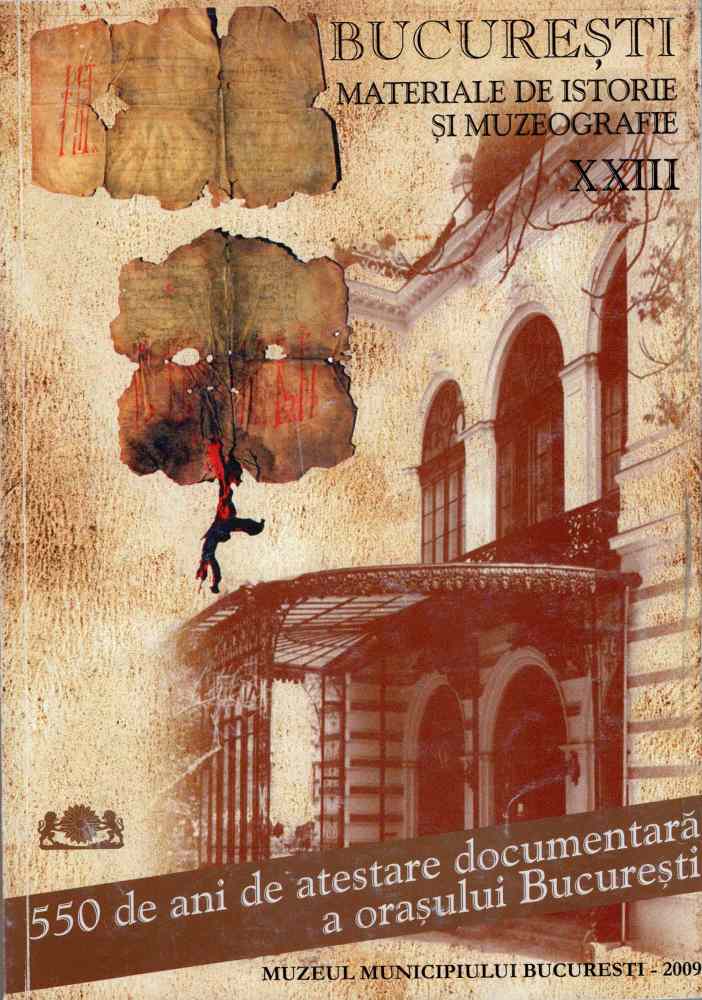
Artă şi istorie în opera lui Tătărescu
| Autori |
|
| Secţiunea |
|
| Limba de redactare | română |
|
Descriptori
|
|
| Excerpt | Historical moments in the work of Tattarescu - Our research is applied to the political-historical, and Christian implications in the most representative paintings of Tattarescu. The main focus will be on the painting Renaşterea României (Rebirth of Romania, Fig. 1). The other works are Nemesis (Fig. 2), and Unirea Principatelor (The Unification ofthe Principalities, Fig. 3). These works bring forth the debate on the significances and symbolism of historical paintings in the Romanian arts. The above-mentioned paintings can be considered to be an allegorical triptych intended to give a political-historical meaning to the author’s creation, Tattarescu being a supporter of the 1848 revolutionary movement. It is by no means an accident that he entered the Fratia group, and had a longstanding friendship with Nicolae Bălcescu. The Rebirth of Romania is one of the most important works of the painter and one of the few that give a glimpse in the process of its creation as a work of art - România, identified as a sleeping woman (the first phase), followed by the developments proposed by Bălcescu for enhancing the symbolism (the final phase depicts the young woman covered by a veil that is raised by an angel). Nemesis (1853), the goddess of revenge, enabled Tattarescu to represent the last moments experienced next to Bălcescu (who died in 1852), and to convey the significances of the existence of the antibonapartists' club Nemesis. The Unification of the Principalities sums up, in art form, the national feelings of Romanians. (N.S.P.) |
| Paginaţia | |< << 325-336 >> >| |
| Descarcă fişierul | |
| Titlul volumului de apariție | |
| Editura | Publicat de: Muzeul Municipiului Bucureşti |
| Loc publicare | Bucureşti |




